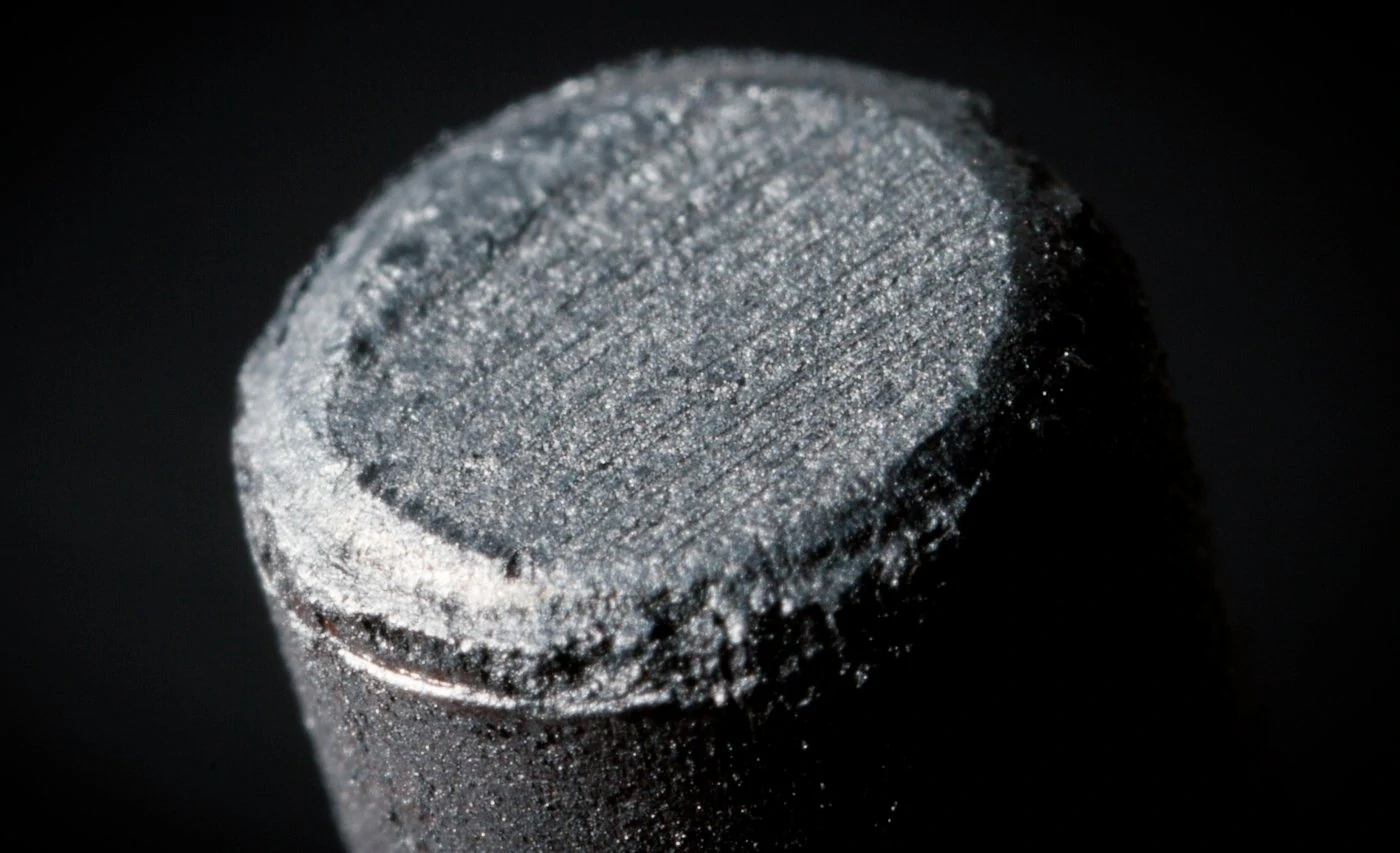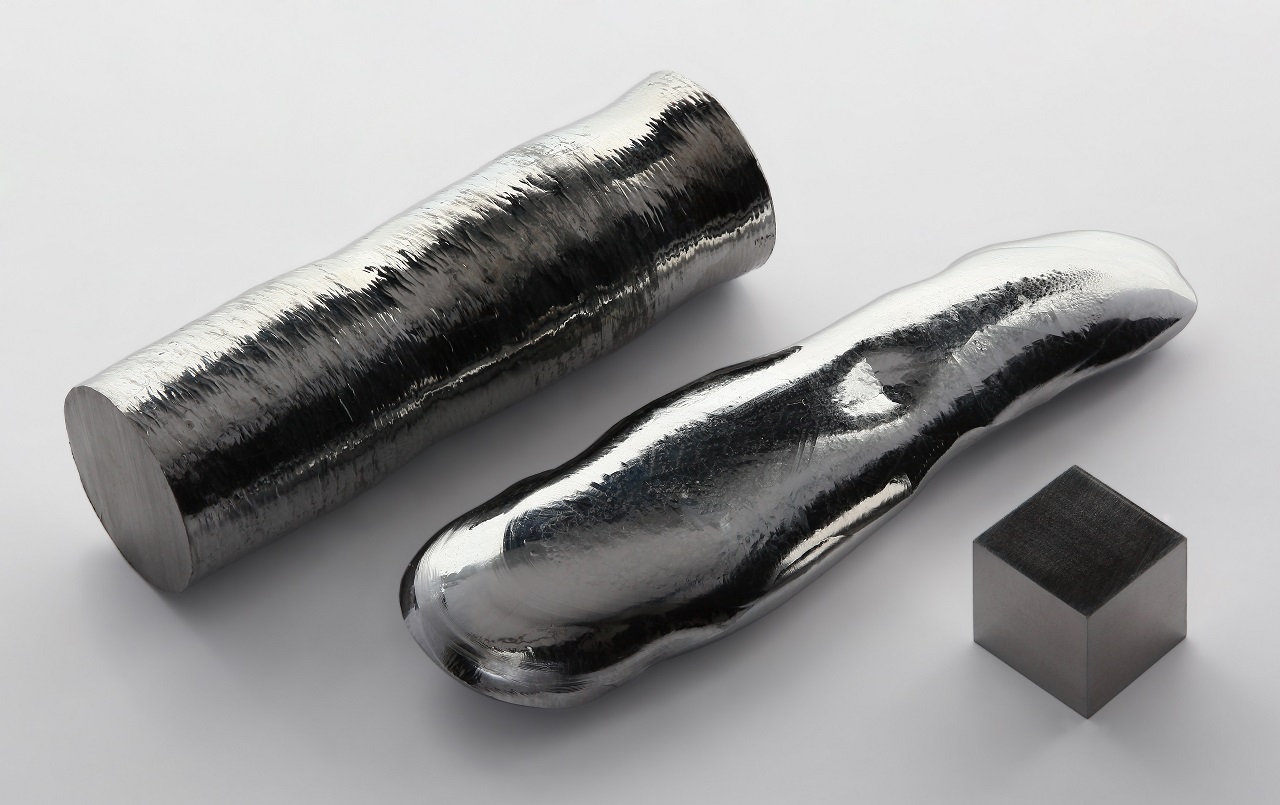
What are the Most Heat-Resistant Materials Ever Created?
As we advance technologically, we are faced with more and more issues, and our solutions can help us develop further and create better environments. One of the biggest obstacles that scientists have always had is heat, because no matter if we are working with things on earth or if we want to examine space, we need to protect our devices and equipment and we need to create products that can withstand all the extreme conditions. If you were wondering what are the extremes when it comes to melting points, you’ve come to the right place. Here, we are going to tell you what are the most heat-resistant materials ever created and we will tell you how they are used in our everyday lives.
Tantalum hafnium carbide alloy

We will start this list with the number one material that has ever been created, and that has a melting point that is over 7000 degrees Fahrenheit or almost 4000 degrees Celsius. The tantalum hafnium carbide alloy was found by scientists not too long ago, and its use is already widely spread.
This material is not only heat resistant, but it is also one that has extreme strength properties, and because of this, it is mostly used in the aerospace industry. It is most commonly used for rockets and vessels that need to be placed in outer space. During exiting and entry into the atmosphere, the temperature gets to about 3500 degrees Fahrenheit or 2000 degrees Celsius, and the maximum temperature can get to 7000 degrees Fahrenheit. Because of this, this material is the perfect one to build rockets from and it ensures the safety of the personnel and anything else that needs to be sent into space.
Graphite

Another material that you may be interested in is graphite, and even though it is not as resilient as the tantalum hafnium carbide alloy, it still has some extremely heat-resisting properties. Its melting point is about 3600 degrees Celsius or about 6500 degrees Fahrenheit.
It has a special structure that allows it to not only have an extremely high melting point but also possess thermal and electrical conductivity properties. It is a pretty stable material and it is wear and tear-resistant. It is one of the materials that can survive pretty much anything and it is used when it comes to items that need to stand the test of time.
It is used in many different industries, especially in the casting one, and it is also implemented in the automotive industry, specifically for making car batteries. This material is flexible when combined with other metals and it can be used to protect devices and other equipment from heat and power surges.
As suggested by ADL Insulflex, all of the subjects that we work with have to be excessively tested to see how they perform in different conditions, and because of that, if you are requiring a heat-resistant material, you need to look at more than just the standard numbers. You have to understand how that substance is going to perform in different conditions and if it is the right matter to use for your specific project.
Diamond

We all know diamonds as one of the best jewelry choices and some of the most expensive materials that we can acquire, but did you know that they are also some of the most heat-resistant materials that were ever created?
The diamond has a melting point of about 6300 degrees Fahrenheit or close to 3500 degrees Celsius and it makes it one of the strongest materials as well. It has some of the strongest covalent bonds, making it one of the hardest to break materials in the world.
Even though we know it as a jewelry piece, it is actually used for many other purposes that don’t rely on its look only. It is extremely sharp when properly cut, and it has been used in a number of facilities to help with cutting and drawing. It can break or damage most other materials, and it has been proven to be one of the most durable substances that we can find today.
Tungsten

The last substance that we are going to talk about is tungsten. This is a versatile material that can be found in a number of industries and the main one is manufacturing. It is used for cutting and filament, but it can be also found in the chemical and medical fields.
It has a high hardness and it is also resistant to erosion, and tungsten can withstand extreme conditions without it affecting its strength or durability. When it comes to exact numbers, its melting point is just a bit north of 6000 degrees Fahrenheit or about 3400 degrees Celsius.
Other materials

Other matters that exhibit extreme resistance when it comes to temperatures include titanium boride, zirconium boride, and rhenium. They are used in aluminum smelting, aviation, and satellite and rocket shells respectively. Their melting points are 3200 degrees Celsius, or 5700 degrees Fahrenheit for both titanium and zirconium boride, and rhenium has a melting point of 3150 degrees Celsius or just north of 5700 degrees Fahrenheit.
All of these matters find their purpose in our everyday lives, and they are much more utilized than one might imagine. The price for them depends on the type of material used and how much it is needed to create the needed protection or to serve the exact purpose. Some of them are extremely difficult to acquire in large quantities, and sometimes they are combined with other substances to create better bonds or to serve the needed purpose while decreasing the costs or the need for the substance itself.
In case you are in need of these materials, the best thing you can do is collaborate with a manufacturer that can help you not only get the substance you need, but also design and create the product that you want to acquire. Make sure you pay attention to the other properties as well, not only the melting point, and see how their overall resistance can help you advance your business.
